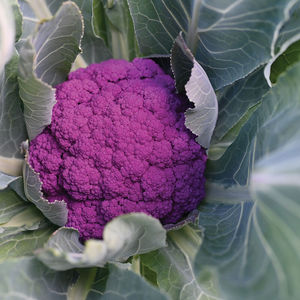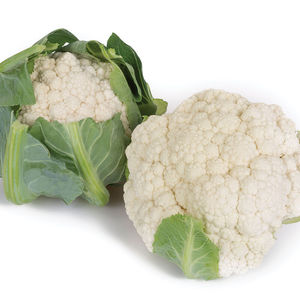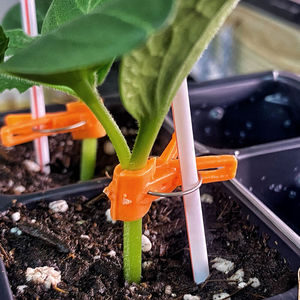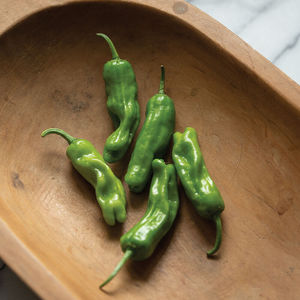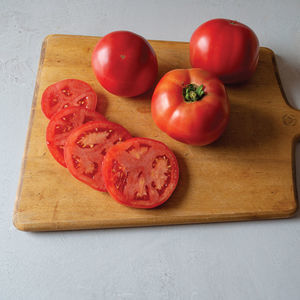
Annual cabbage seed Botranfusarium resistantspring
Add to favorites
Compare this product
Characteristics
- Availability
- annual
- Disease resistance
- fusarium resistant
- Harvest season
- spring
Description
New! Widely adapted with black rot resistance.
Performs well as a spring or fall crop in the Northeast, Pacific Northwest, and the Carolinas. Plants may be grown 8–9" apart for 3–4-lb. heads and up to 18" apart for 7–8-lb. heads. High resistance to Fusarium yellows; and intermediate resistance to black rot. Avg. 98,500 seeds/lb. Packet: 100 seeds.
SCIENTIFIC NAME:
Brassica oleracea
CULTURE:
Cabbage as well as cauliflower, Brussels sprouts, broccoli, and related brassicas are heavy feeders. They require fertile soils in a pH range of 6.5-7.5, supplied with consistent irrigation throughout the growing period.
EARLY SPRING CROP:
Use early and midseason varieties. Sow 2 seeds per cell in 50- or 72-cell plug flats, 3-4 seeds/in. in 20-row flats, or in outdoor beds 1/4" deep. Seedlings should be ready to transplant in 4-6 weeks. If possible, keep soil temperature over 75°F (24°C) until germination, then reduce air temperature to about 60°F (16°C). Transplant outdoors, 4-6 weeks after sowing, 12-18" apart in rows 18-36" apart. Cabbage prefers cooler growing temperatures, between 55-75°F (13-24°C), optimum being 60-70°F (16-21°C), but will produce good crops under warmer, summer conditions.
FALL CROP:
Use midseason and storage varieties. Start seedlings as above in May and transplant to the garden in June-July. To ensure mature heads, seed the crop early in areas where heavy freezes occur early in fall.
Catalogs
Catalog 2024
208 Pages
Related Searches
*Prices are pre-tax. They exclude delivery charges and customs duties and do not include additional charges for installation or activation options. Prices are indicative only and may vary by country, with changes to the cost of raw materials and exchange rates.
















